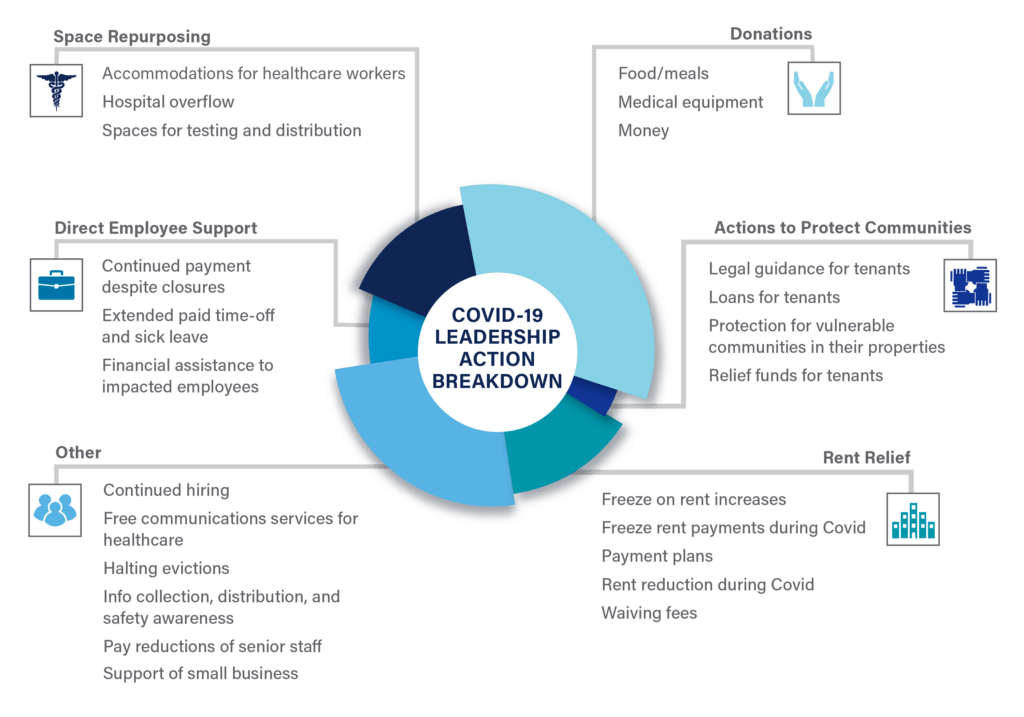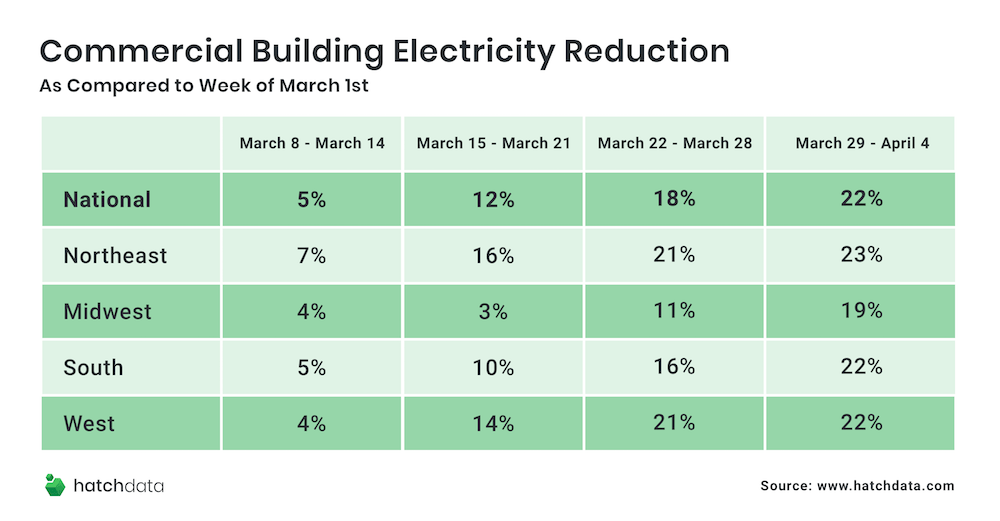As we continue to navigate COVID-19 this summer, we’ve seen corporate CEOs making decisions that can protect public health. This month, that includes requiring that people wear face coverings in buildings such as retail stores, offices, and restaurants across the country, regardless of local government guidelines, in order to reduce transmission of the virus while keeping the businesses we depend upon for our livelihoods humming. To me, this highlights the ways that people who make decisions about buildings in our nation can use their decision making to benefit all of us. Last summer, the Business Roundtable published a statement on the purpose of a corporation to promote a commitment to all stakeholders. At the time, I was inspired to think of the implications of that transformation in our buildings, and the business of buildings, because they are such a vital part of our infrastructure. COVID-19 continues to change the way we interact with buildings, what we expect them to do, and the ways in which they support and shelter our communities. Along with this, the role of people who own and operate buildings in enabling people to thrive is increasingly addressing how buildings support resilience, promote affordability, advance economic mobility, reduce pollution and emissions, as well as protect and improve public health.
What Can Buildings—and their Owners—Do in Community Emergencies?
This spring, our team identified some common actions that REITs are taking to protect building occupants and employees as they deploy and adapt plans in the face of COVID-19. These actions include changing their daily business to support workers with basic protections, access to health services, and changes in leave policy, as well as reducing in executive pay to preserve jobs or creating rent relief structures designed to support both parties through a downturn and job loss.
Thus far, we’ve observed that companies such as Arbor Realty Trust, Camden Property Trust, CBRE Group, and Cushman Wakefield, for instance, each created funds for residents, employees, or community members who are experiencing financial difficulties from COVID-19 losses. Other REITs like Equity Residential are halting evictions for 90 days and offering flexible lease renewals and payment plans.
In some cases, the buildings are being repurposed to provide support. REITs such as Brixmor Property Group and Kimco converted retail centers to drive-through COVID-19 testing facilities, while Prologis donated over a million square feet in nine markets, including providing temporary rent-free space in its distribution centers for disaster relief organizations. Thinking about the longer-term potential in these type of shifts, one can easily imagine these plans and use of buildings to improve community outcomes in other types of urgent situations—for example, serving as charging centers or shelters in the event of heat waves or power outages.

Identifying the Gaps and Opportunities for Improvement
As these near-term shifts take place, the process of re-examining the role of buildings is also highlighting where deeper improvements could be made for longer-term benefits and we can use these learnings to influence how we plan for recovery. For example, while the pandemic has shifted our utility consumption patterns overall—residential energy, water, and telecommunications increased as people spent more time living, working, and learning in homes, while commercial and industrial energy consumption decreased nationwide—the patterns have not shifted as much as you might think. Yes, many commercial building owners collaborated closely with their tenants to adjust building schedules to maintain good air quality while also reducing resource use. However, building management data insights companies have documented that energy decreases are not commensurate with changes in occupancy—either due to limitations in building systems or because of lease and operating contracts.
This highlights tremendous opportunity. Active building management gives us an opportunity to see where technology and business practices can help us use resources more effectively in the future—and insight into which investments in our buildings infrastructure we should prioritize in our economic recovery.
Similarly, this month, the WELL Building Institute published the WELL Health-Safety Rating, which addresses how acute health threats can be mitigated by facility operations and management strategies. It evaluates the policies, plans, and communications with the community in a building to prioritize the health and safety of building staff, occupants, and visitors. It is the result of WELL’s Task Force on COVID-19 and Other Respiratory Infections, which took input from 600 practitioners in buildings and public health, including me. The rating has been adopted by more than 100 organizations and real estate portfolios globally including CBRE, JLL, Lendlease, and The Related Group. The benefit—beyond helping provide companies with a benchmark that enables them to reopen their buildings with confidence–is ensuring long-term health of people in a building.
What Will Endure?
As the world navigates its way through the current crisis toward recovery, IMT is actively exploring which practices might—or should—stick, recognizing that the actions underway today are laying the groundwork for longer-term change. I believe buildings play a critical role not just in helping their communities survive, but in ensuring all of their community thrives, both in emergencies and in better times. We’re seeing actions now that not only can support our national recovery but also evolve the way we think about buildings. Our buildings can do much more for us than we’ve asked in the past. Now is the time to ensure that our business practices support our immediate and future needs.

